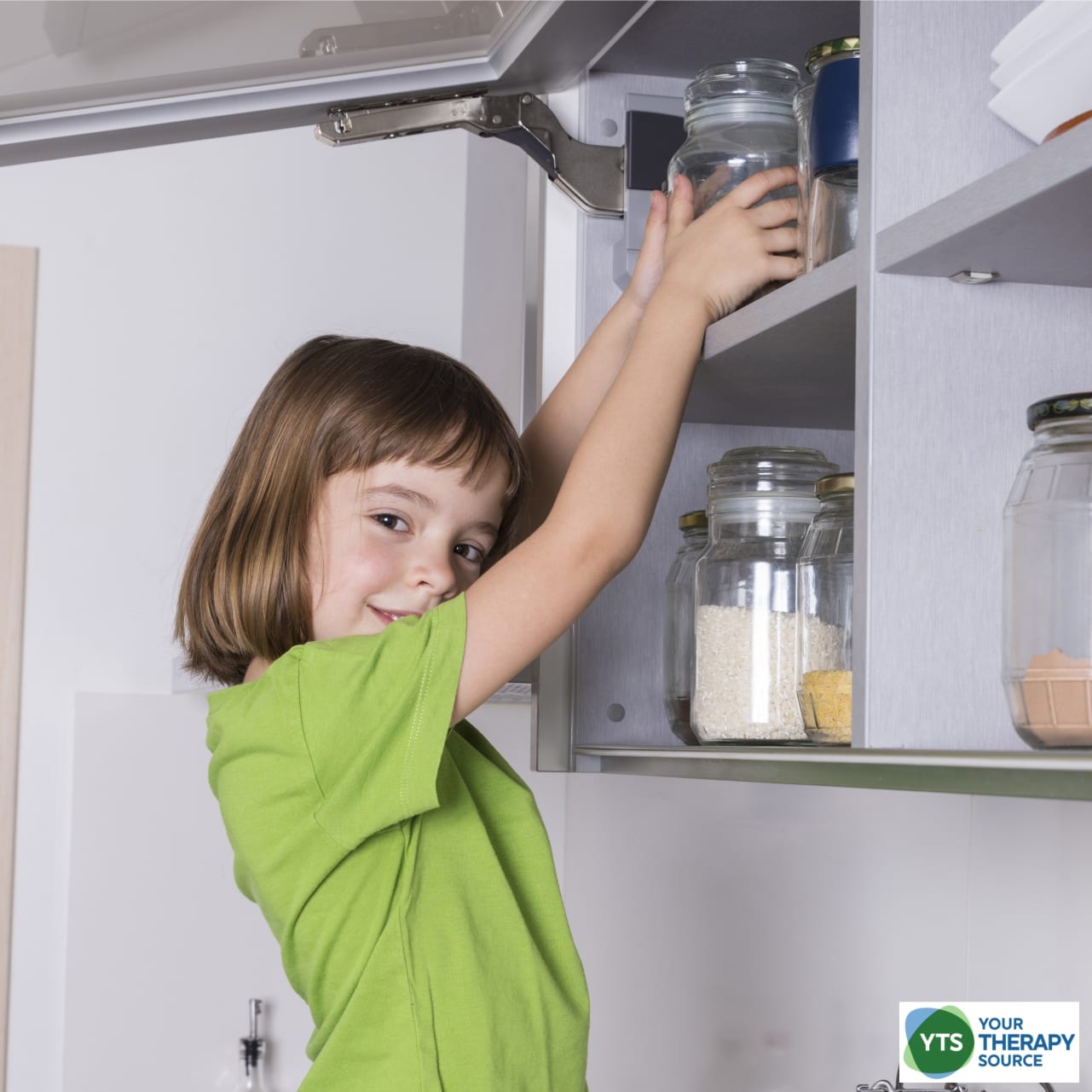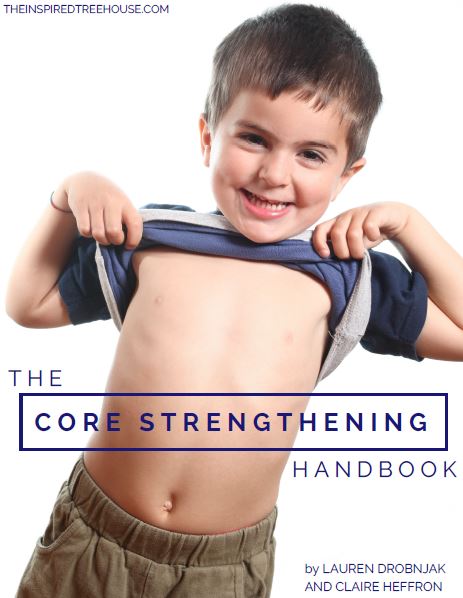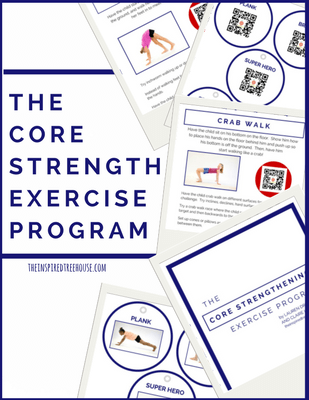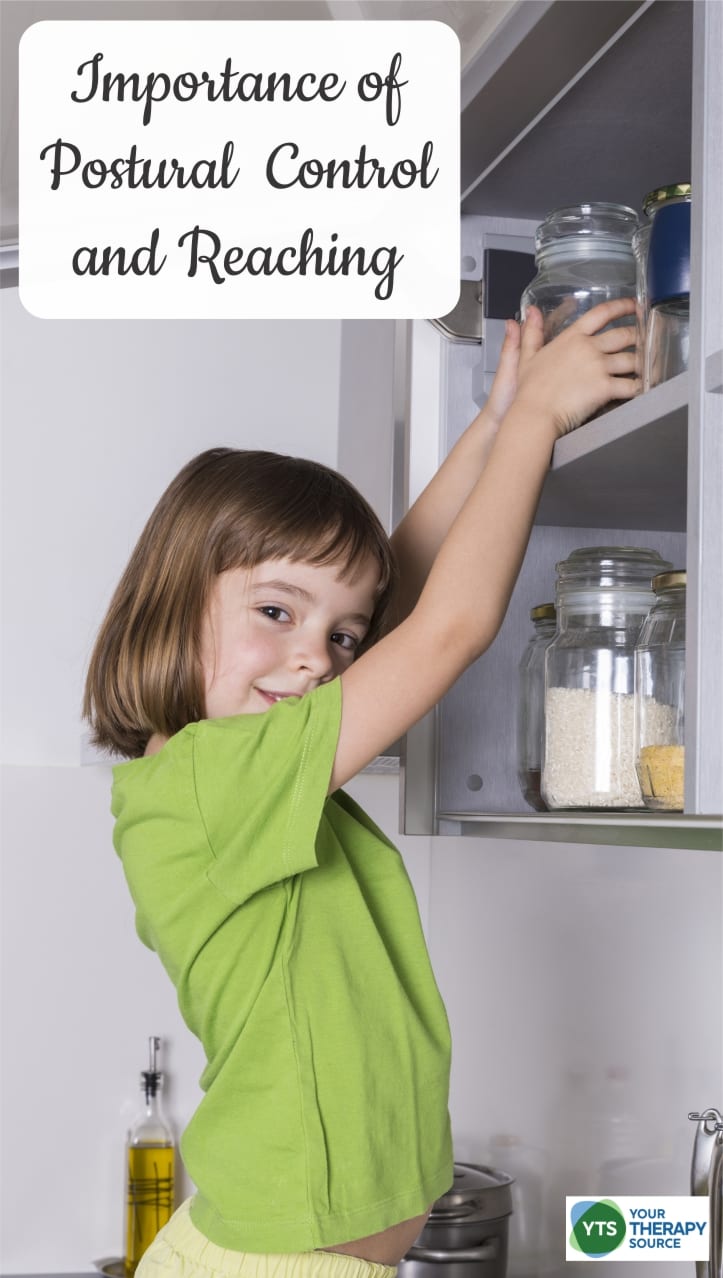Importance of Postural Control for Reaching in Children with CP
Recent research examined the importance of postural control for reaching in children with cerebral palsy. The authors wanted to determine why children with cerebral palsy exhibit small displacements during forward reaching in standing: is it because it is difficult to stabilize the lower limbs or is it because they can not control the movement of forward reaching?
In order to determine this, the study compared the motor performance of children with cerebral palsy and typically developing children, during anterior (forward) reach in standing.
Methodology of the Study
This cross-sectional study on postural control and forward reaching included 28 children, 14 with spastic cerebral palsy and 14 typical children, who were all evaluated by the Pediatric Reach Test and three-dimensional motion analysis.
Results of the Study on Forward Reaching
After data analysis the researchers determined the following:
-
Children with mild cerebral palsy show lower performance in the anterior reaching.
-
Children with mild cerebral palsy exhibited difficulties with flexing the trunk and shoulder.
-
Children with cerebral palsy performed anterior reaching with lower speed.
-
Children with cerebral palsy needed more time to control their reaches.
Conclusion
The researchers concluded that children with cerebral palsy show lower anterior displacement and movement control and decreased bending of the trunk and flexing shoulders while reaching forward, indicating poor postural balance.
Reference: dos Santos Soares, L. M., Rozane, J. M. S. G., & de Paula Carvalho, R. (2019). Motor performance of children with cerebral palsy in anterior reach. Clinical Biomechanics.
Helpful Resource for Children with Cerebral Palsy
If you need activity ideas, check out Therapeutic PLAY Activities for Children. The digital download includes 100 play activity pages and 12 tip sheets. The play activities encourage the development of fine motor skills, bimanual skills, rolling, crawling, tall kneeling, standing balance and cruising with a strong focus on children with cerebral palsy.
Read more on Cerebral Palsy
Motor Planning and Cerebral Palsy
Hand-Arm Bimanual Intensive Therapy and Motor Planning
50 Bimanual Activities of Daily Living and get a FREE Printable!
Research Review on CIMT and Bimanual Therapy for Children with Cerebral Palsy
CIMT, Bimanual Therapy, and OT Home Programs
Read more on the Importance of Postural Control
Effects of Stabilization Exercises on Balance in Children with Cerebral Palsy
Trunk Control Measurement Scale for Children
Postural Control, Gross Motor Development and Mealtime
Sitting Postural Control, Focused Attention and Cerebral Palsy
Functional Tasks and Postural Control
Helpful Resources for Postural Control
The Core Strengthening Handbook: This download includes 50+ activities including:
- Quick and Easy Core Strengthening Activities for Kids
- Core Strengthening Exercises With Equipment
- Core Strengthening Play Ideas
The Core Strengthening Exercise Program: This digital download includes exercises to help make core strengthening fun and entertaining for kids while promoting carryover in the classroom and at home! FIND OUT MORE.








